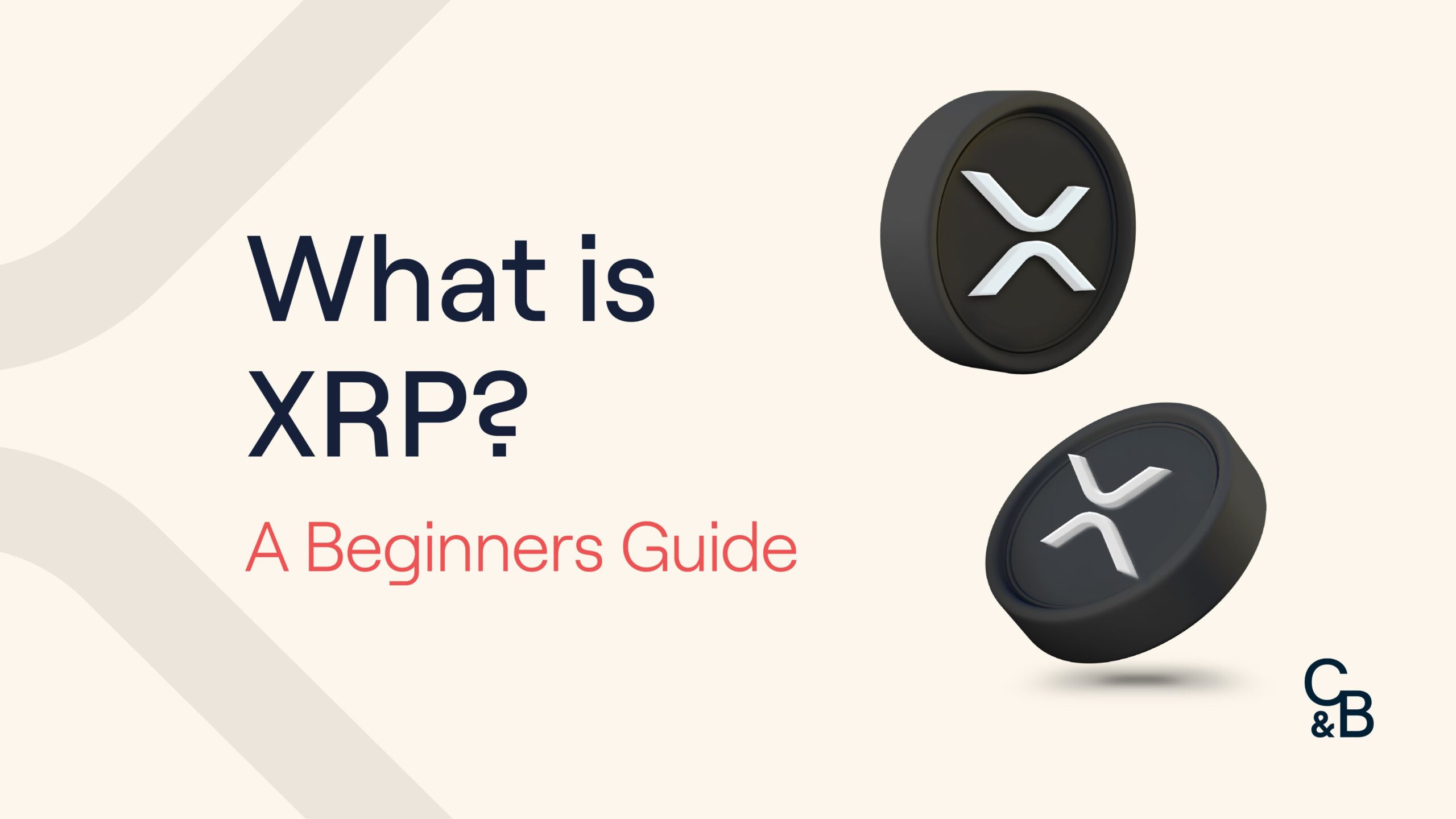Cryptocurrency has become a global phenomenon, and among the many digital assets, Ripple (XRP) stands out for its unique approach to payments and banking solutions. Unlike Bitcoin, which primarily functions as a digital store of value, Ripple focuses on facilitating fast, low-cost international money transfers. But what exactly is Ripple, and how does it work? Let’s dive into the details.
Understanding Ripple and XRP
Ripple is both a digital payment protocol and a cryptocurrency network designed to enable seamless cross-border transactions. The platform was created by Ripple Labs in 2012 to address the inefficiencies of the traditional banking system, such as high fees and slow processing times.
XRP is the native cryptocurrency of the Ripple network. It acts as a bridge currency in transactions, allowing financial institutions to exchange different currencies quickly without relying on multiple intermediaries. XRP is not mined like Bitcoin; instead, all 100 billion tokens were pre-mined at its creation, with a portion gradually released into circulation.
This design allows Ripple to handle thousands of transactions per second, significantly faster than Bitcoin or Ethereum, making it ideal for banks and payment providers.
How Ripple Works
Ripple operates on a decentralized ledger called the XRP Ledger, which records all transactions securely and transparently. Unlike traditional blockchain networks that rely on energy-intensive mining, Ripple uses a consensus protocol to validate transactions. Here’s a breakdown of how it works:
- Transaction Initiation: A user or financial institution initiates a transaction, such as sending USD to another party in euros.
- XRP as a Bridge: Ripple automatically converts the sender’s currency into XRP and then into the recipient’s currency, acting as a bridge to streamline the transaction.
- Consensus Validation: A network of independent validators confirms the transaction using the consensus protocol, ensuring security and speed.
- Final Settlement: The transaction is settled within seconds, significantly faster than traditional bank transfers that can take days.
This mechanism allows Ripple to maintain low transaction costs while providing almost instantaneous settlements, a key advantage over traditional banking systems.
Ripple’s Role in the Financial Industry
One of Ripple’s biggest strengths lies in its partnerships with financial institutions. Major banks and payment providers across the globe have integrated Ripple’s technology to improve cross-border payments. This integration reduces reliance on correspondent banking networks, cutting down transaction fees and processing times.
Additionally, RippleNet, the company’s global network of institutional partners, allows member banks to transact directly with each other. This system enhances transparency, reduces liquidity costs, and provides real-time settlement information—benefits that traditional systems struggle to offer.
XRP Price Prediction: What to Expect
For investors and traders, understanding XRP price prediction is essential. While the cryptocurrency market is inherently volatile, Ripple’s unique use case gives XRP distinct potential. Analysts often look at factors such as adoption rates, partnerships, regulatory developments, and market trends to forecast its future value.
Recent discussions around Ripple’s ongoing legal battle with the U.S. Securities and Exchange Commission (SEC) have also influenced XRP price predictions. Many experts believe that a favorable outcome for Ripple could lead to significant growth, while continued regulatory uncertainty might cause temporary setbacks.
It’s important to remember that XRP price predictions are speculative and can fluctuate dramatically. However, its utility in cross-border payments and the ongoing expansion of RippleNet provide a strong foundation for long-term potential.
Risks and Considerations
Like any investment, Ripple and XRP come with risks. Regulatory uncertainty remains a significant factor, especially as different countries establish varying rules for cryptocurrencies. Market volatility is another consideration; XRP can experience rapid price swings based on market sentiment, news, and broader crypto trends.
Investors should also consider the concentration of XRP tokens. Since Ripple Labs holds a large portion of the total supply, any significant movement of these tokens could impact market prices. Diversifying investments and staying informed about market and regulatory developments is crucial for mitigating these risks.
How to Buy and Store XRP
If you’re interested in acquiring XRP, there are several steps to follow:
- Choose a Reliable Exchange: Platforms like Binance, Coinbase, and Kraken allow users to buy XRP with fiat currencies or other cryptocurrencies.
- Set Up a Wallet: For secure storage, consider using a hardware wallet or a reputable digital wallet that supports XRP.
- Monitor the Market: Keep an eye on market trends, news, and XRP price prediction updates to make informed decisions.
- Secure Your Assets: Use two-factor authentication and backup your wallet to prevent loss or theft.
Conclusion
Ripple (XRP) offers a unique solution in the cryptocurrency world by bridging the gap between traditional finance and digital assets. Its fast transaction speeds, low costs, and strong adoption by financial institutions set it apart from many other cryptocurrencies. While regulatory and market risks exist, Ripple’s potential in cross-border payments makes it an asset worth watching.
For those considering investing, following XRP price prediction trends can provide insights, but it’s essential to remain cautious and informed. As the cryptocurrency ecosystem evolves, Ripple’s impact on global payments could become even more significant, making XRP a key player in the future of digital finance.





